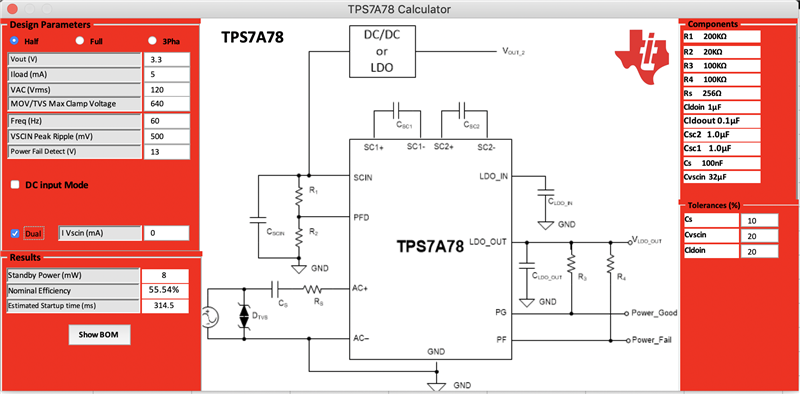Other Parts Discussed in Thread: CC1101
Hi Ti
Thanks for your help with my two previous questions. I have another one I'm afraid.
I'm looking in detail at the 3.3V output variant of the TPS7A78. From the datasheet I think the voltage across CSCIN will be 4 x (VLDO_OUT + 0.6V) or 15.6V. The ripple current at this node will nominally be 1/4 of my application current at 3.3V. I think we need about 60mA at 3.3V and will be using FB mode. So, the capacitor ripple would be about 15mA.
The application needs an auxiliary power rail between 10V and 22V with a current draw of 4mA. Would it be too good to believe that I could rob CSCIN of 4mA to supply this auxiliary power rail without upsetting the TPS7A78 regulation scheme? Naturally I'd expect to adjust the value of CSCIN upwards to accommodate the extra current - and we don't need a rapid start up time.
Thanks again, Nick


